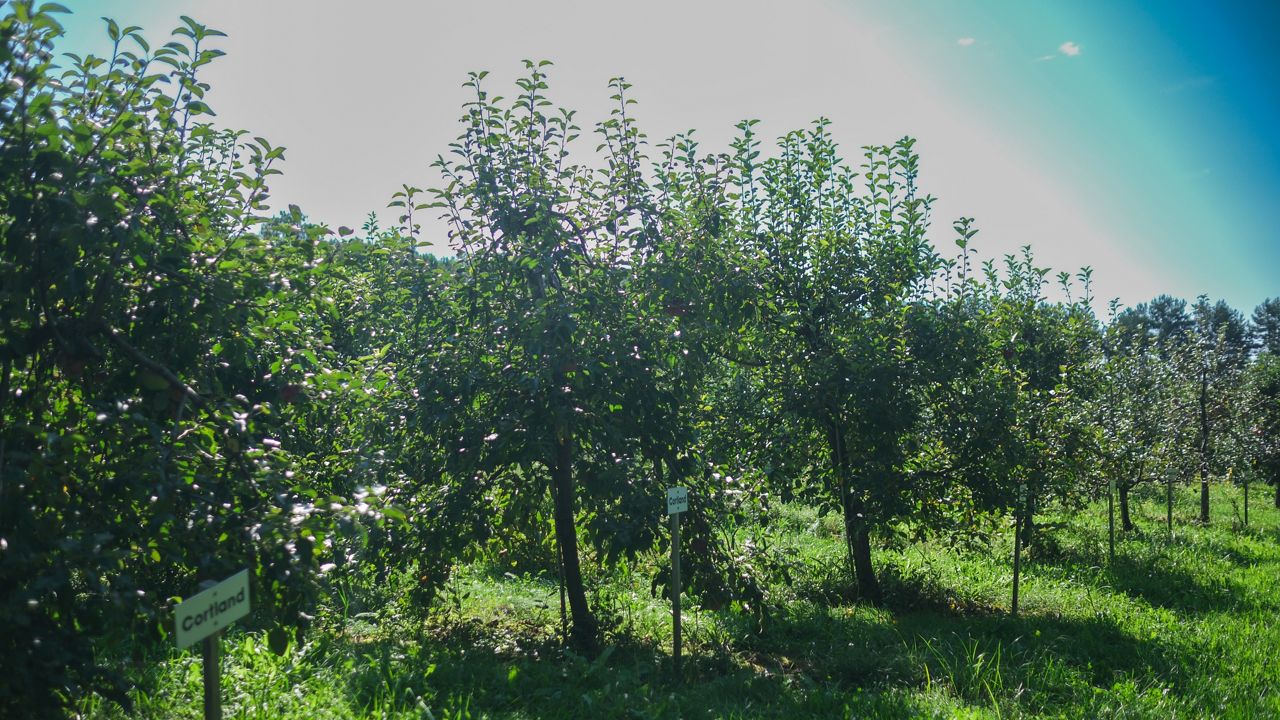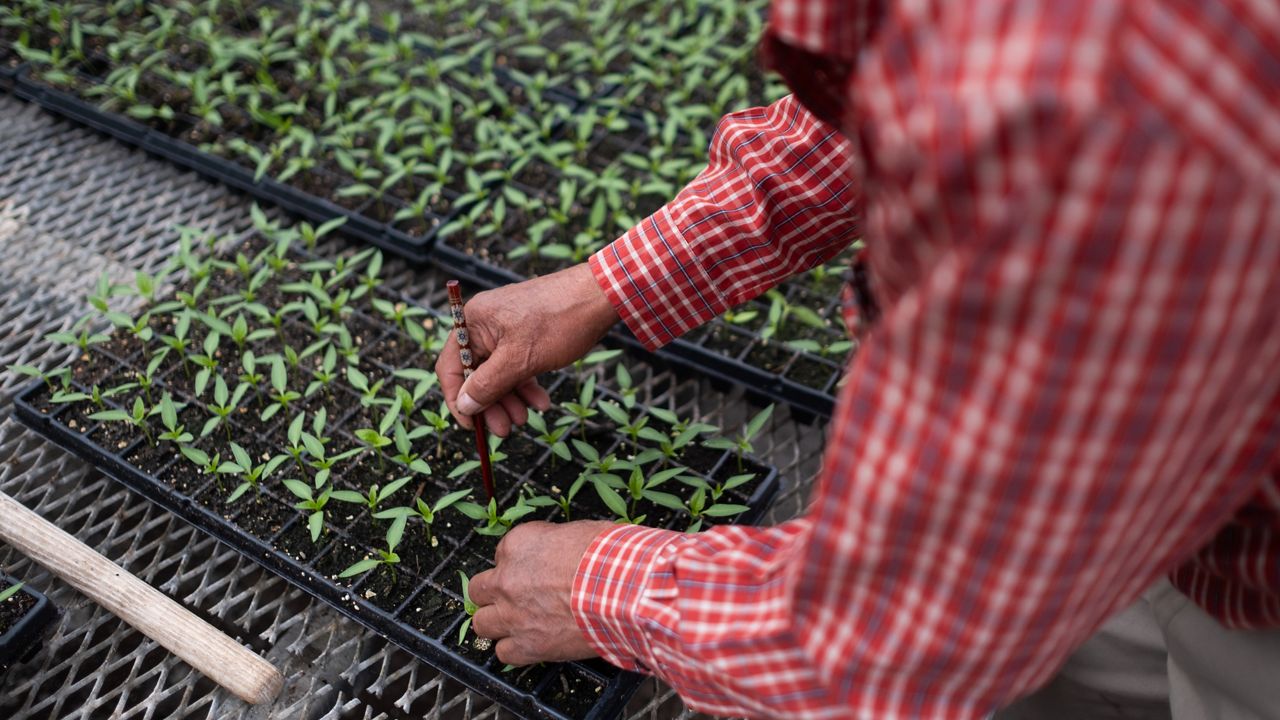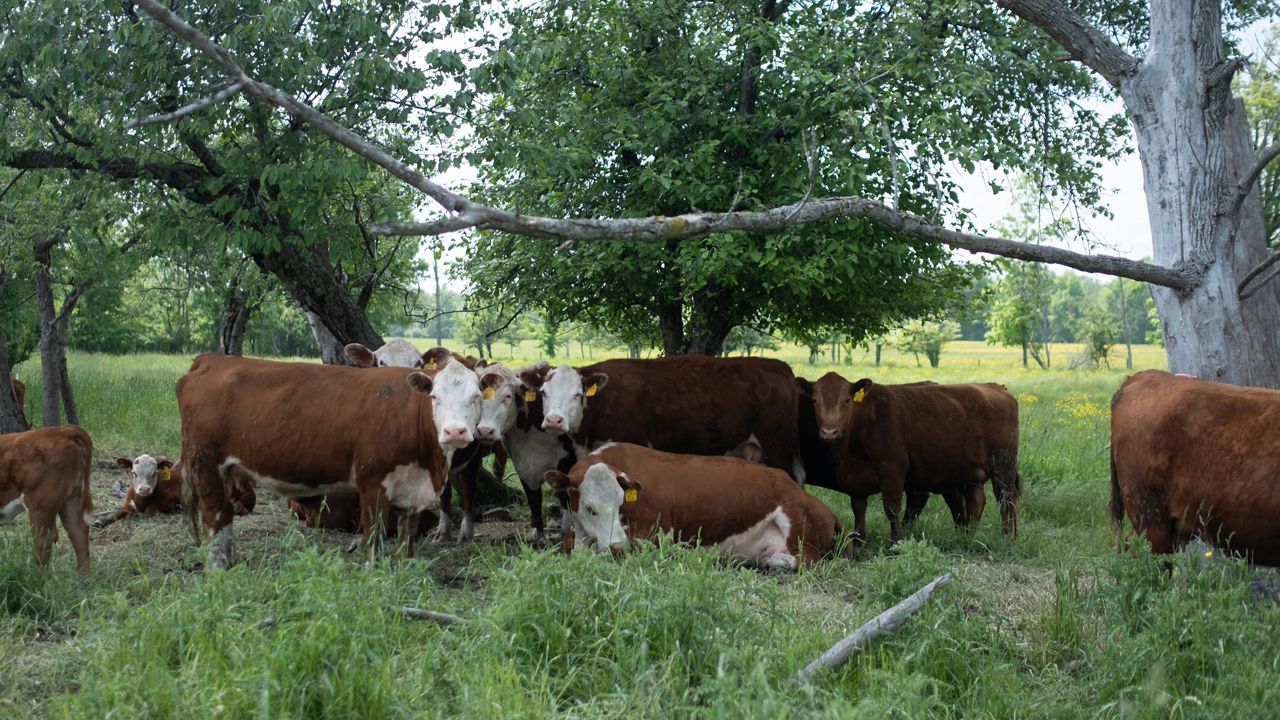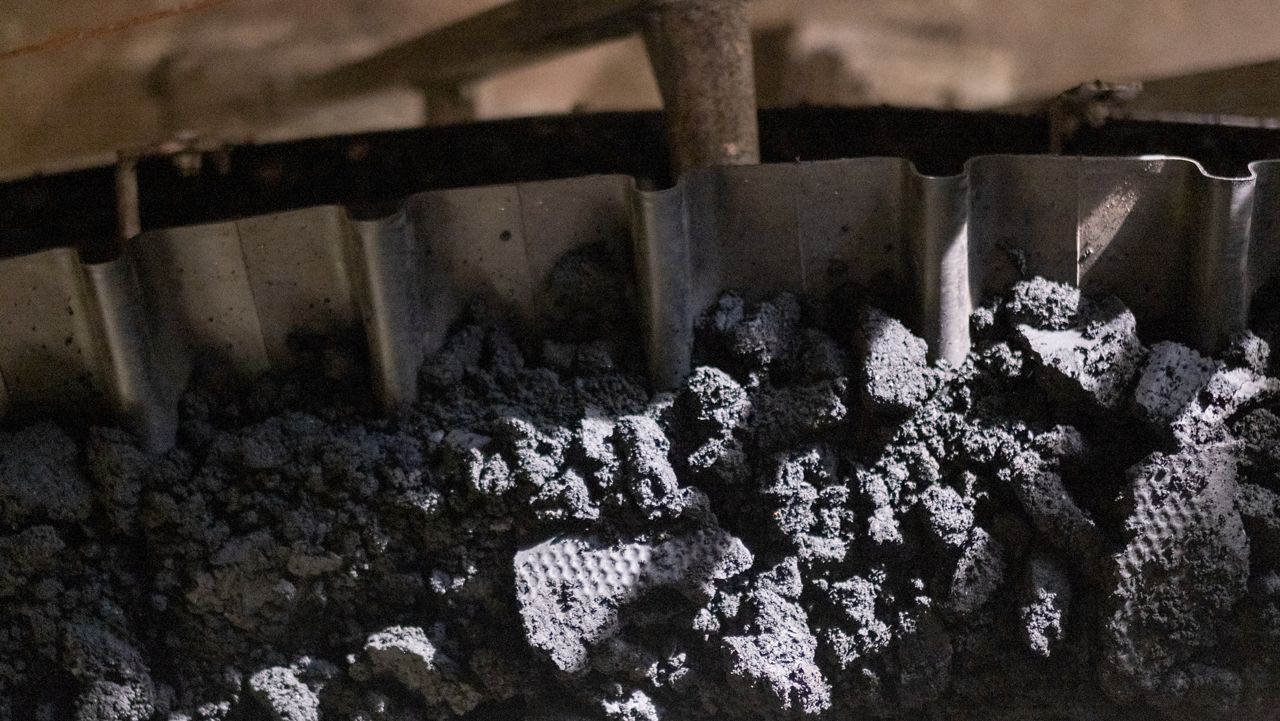A well-known orchard in Cazenovia says it lost 95% of their apple crop and will close its u-pick orchards for the season due to a May frost.
“Normally we’ll get 3,000 to 4,000 bushels but this year it will be about 100 bushels and I’ll be surprised if we even get that,” said Critz Farms owner Matthew Critz. “The 5% we have left will only probably be juice-quality for our cider press.”
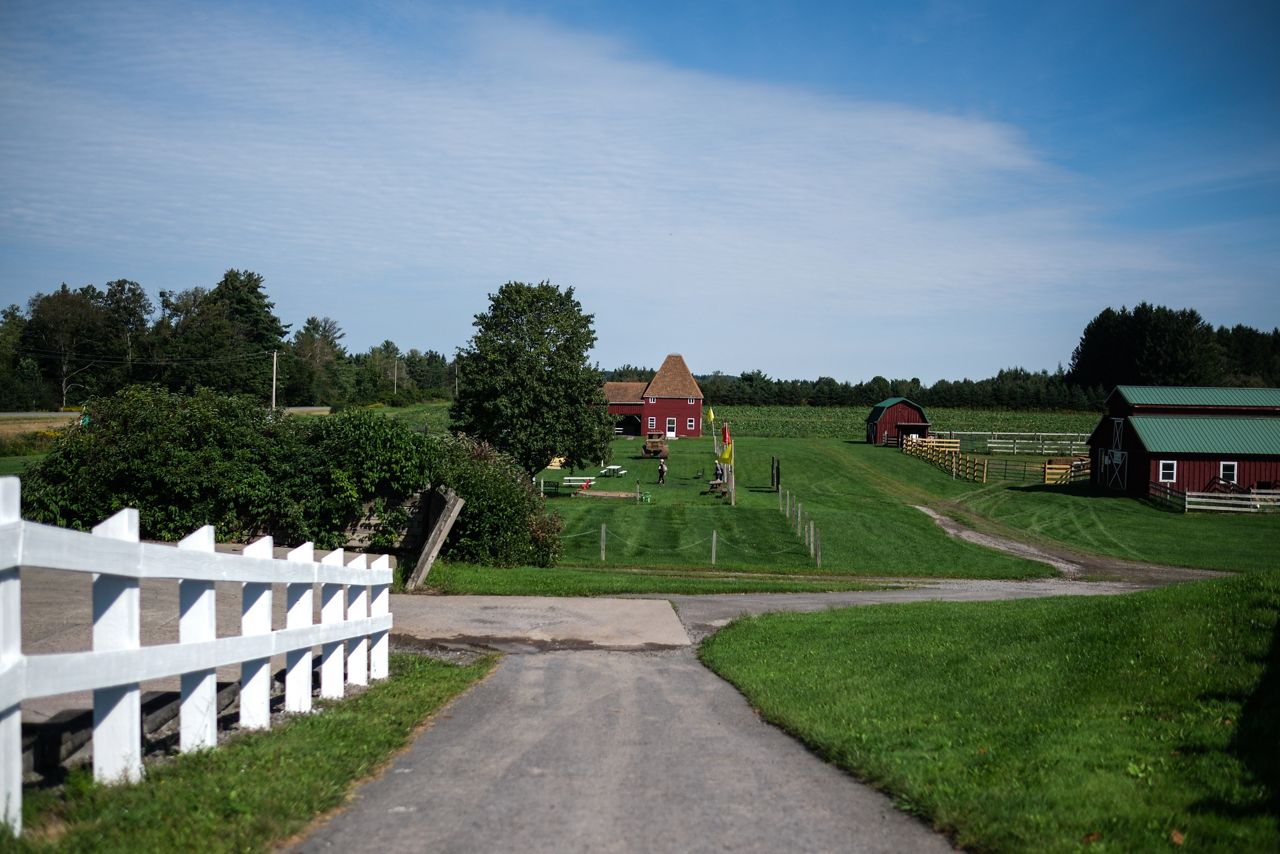
Walking through the orchard, a visitor would typically see hundreds of apples on every tree and some on the ground from the thinning process. However, this year the trees only have a handful of apples on each tree.
While crop insurance can help in situations like this when crops are lost, a farm like Critz Farms that relies on the business they get from farm visitors lose retail sales as well.
“The crop insurance is only for the wholesale value, but to be frank, that isn’t going to replace our whole loss,” Critz said.
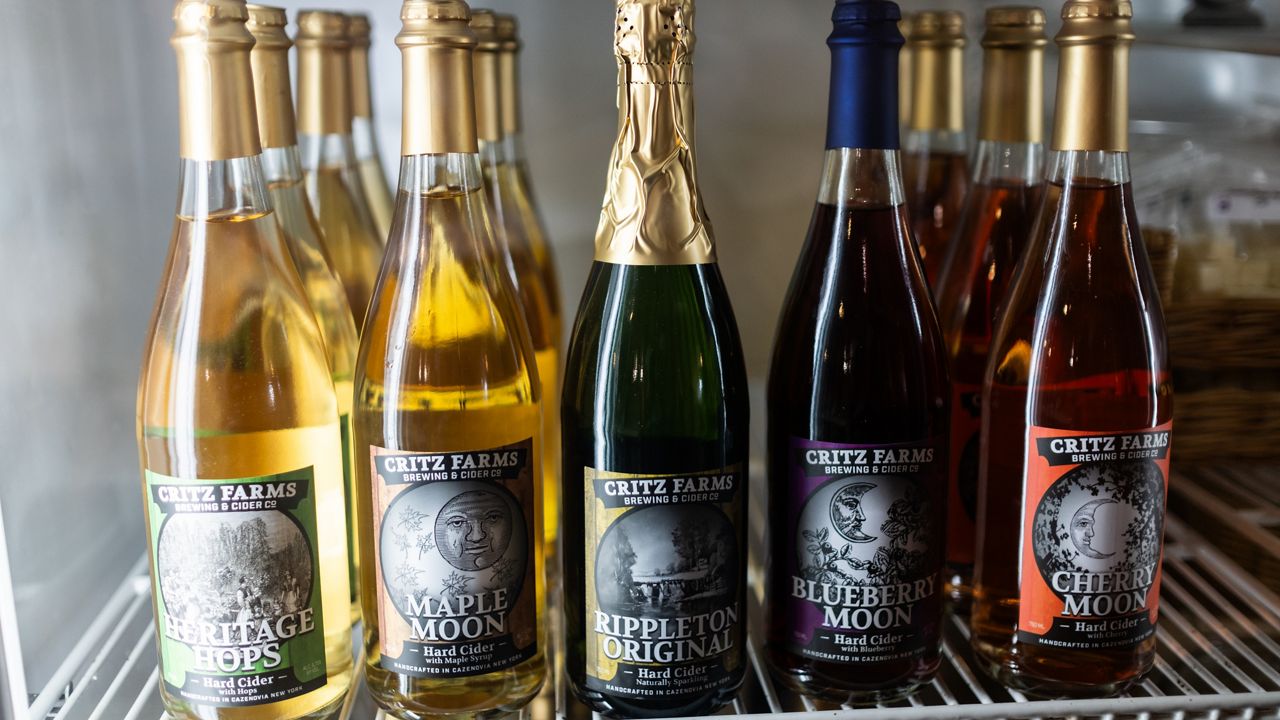
They lose the purchase of a hamburger or gift shop item that they get along with someone who comes to pick apples, Critz said.
In preparation for the frost, Critz said they ran a frost fan to circulate warmer air over the trees, but it wasn’t enough to protect the flowering buds that would eventually turn into apples.
The farm has diversified so only 10% of their income comes from apples, and the other income comes from Christmas trees, pumpkins, maple syrup, cider and more so this won’t close the farm, Critz said.
“Losing the apples isn’t going to put the farm out of business or anything like that, but if you were just in the apple business, an event like this could threaten your whole business,” he said.
Other farms around upstate New York have reported similar losses.
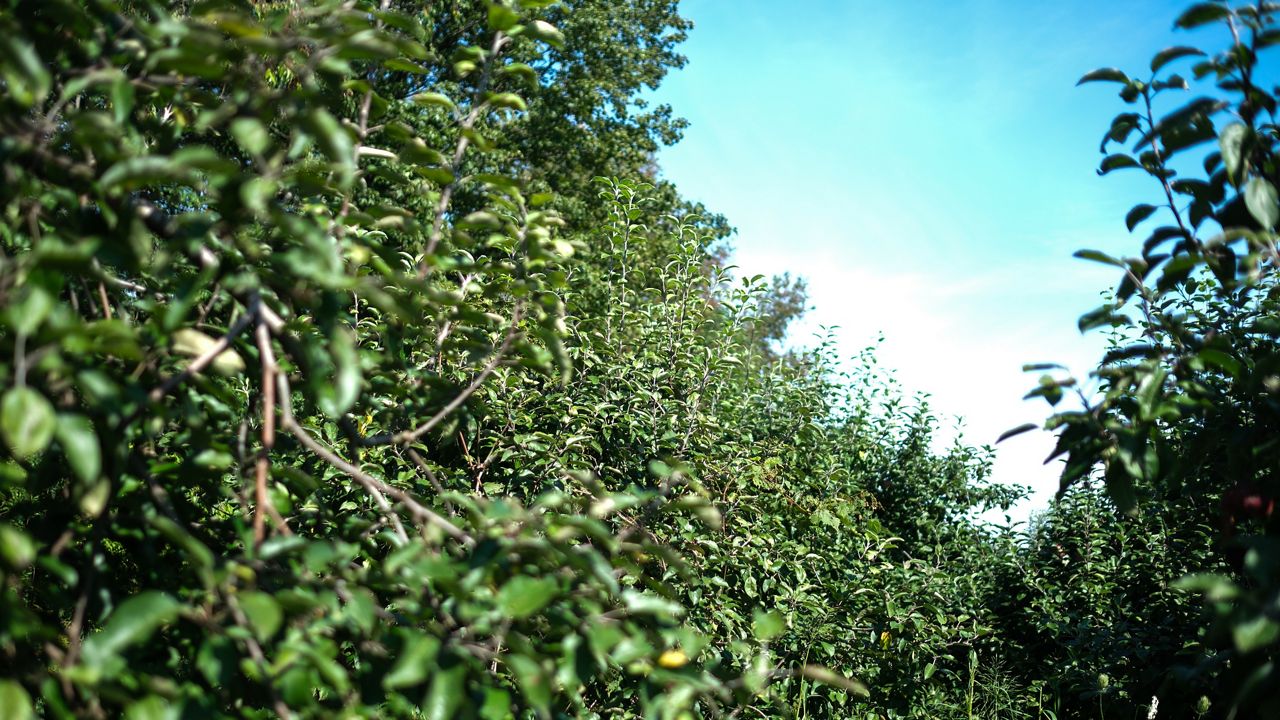
The USDA authorized a disaster declaration for farmers in the impacted areas in August allowing them to apply for loans to cover the loss of the crops. Additionally, for vineyards impacted by the frost, New York Department of Agriculture and Markets is allowing farm wineries to use grapes and juice from outside of New York state, which is normally restricted.
Agriculture and Markets along with the help of Cornell is still assessing the statewide damage to apples to determine if the same change should be made for farm cideries, which are required to use 100% New York-grown ingredients, said Gregory Peck, associate professor of horticulture at Cornell University.
Peck estimates that only about 20% of the state’s apples are damaged — with the difference coming down to the state’s “microclimates.”
“We won’t know exactly until after harvest is complete and we will see some loses, but there are many farms in New York state that sustained very little to no damage, but we do know of many individual farms that lost almost everything, which is devastating,” Peck said.
The orchard run by Cornell University near their campus in Ithaca also lost about 95% of their apples, Peck said.
“We know that orchards close to large bodies of water, like Lake Ontario, or one of the Finger Lakes are protected because the water tends to keep the air temperature cooler, which makes it so the trees will bloom later and there’s less chance of a spring frost event,” he said.
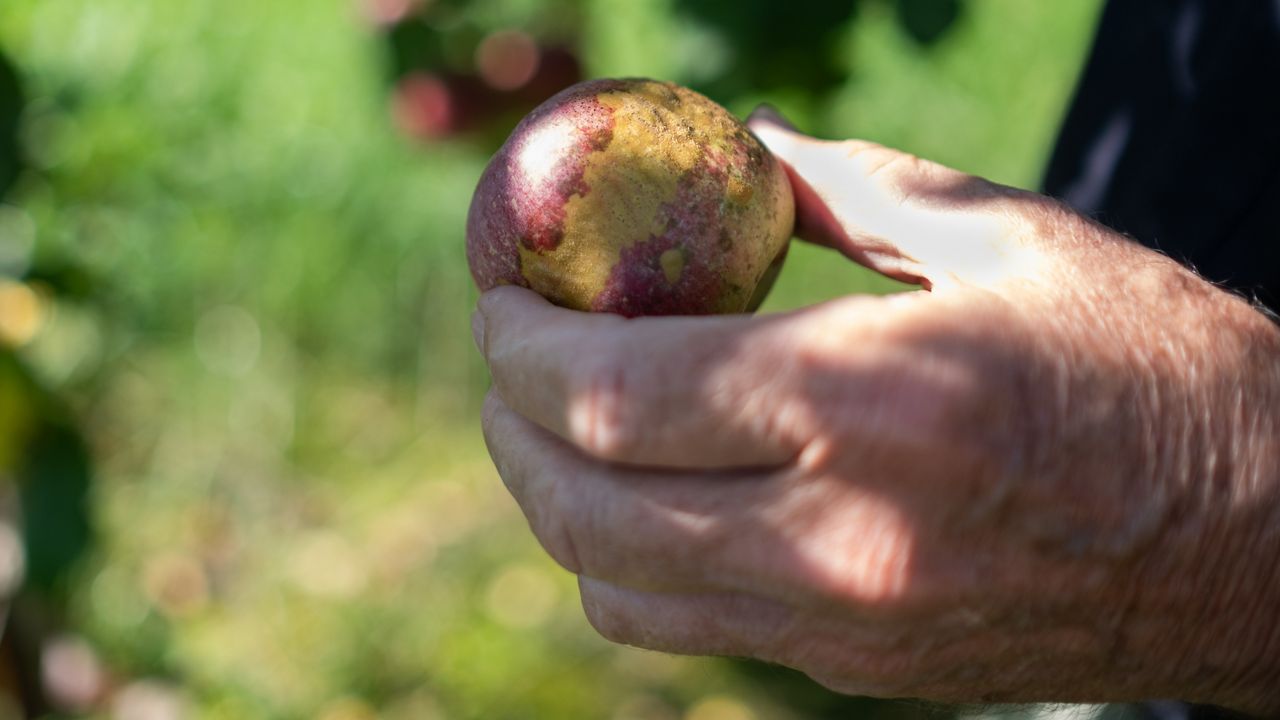
Some of the apples that weren’t lost to the chilling temperatures were damaged, causing a visible blemish called a frost ring, Peck said.
“The fruit is trying to heal itself. It’s the type of cell that causes it to be raised and brown in color and it can show up in different points on the fruit either in a ring like Saturn or sometimes right up at the stem,” Peck said.
This doesn’t impact the taste or quality of the apple, but it doesn’t appear cosmetically appealing, Peck said.
“If people go to a pick-your-own orchard or a farm retail stand, and they see fruit with these frost rings they’re totally fine to buy and eat. They will taste the same and it will help farmers out if consumers are willing to buy these slightly damaged fruits,” he said.




